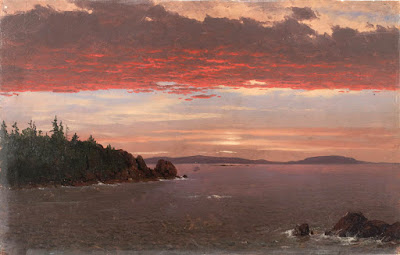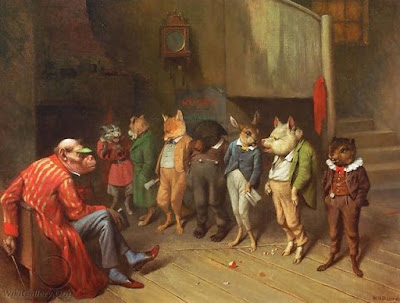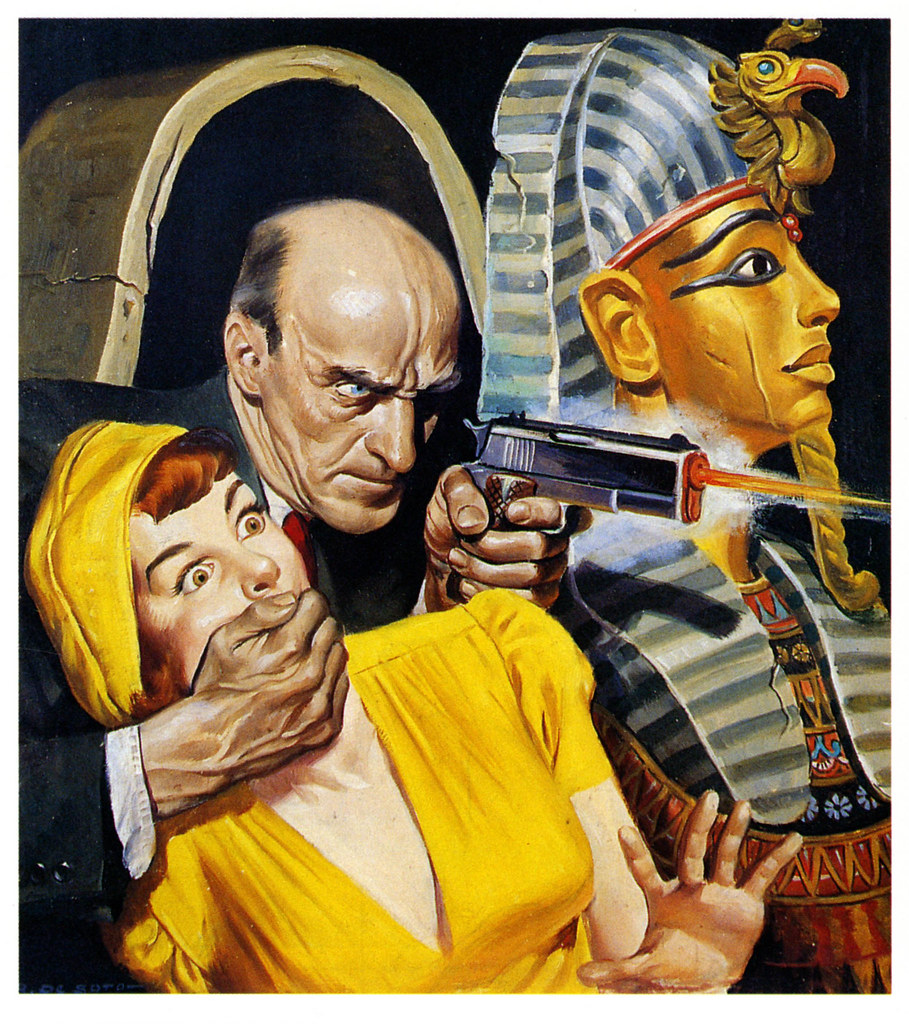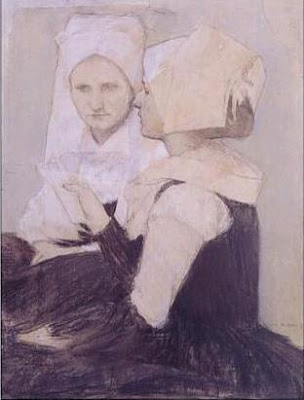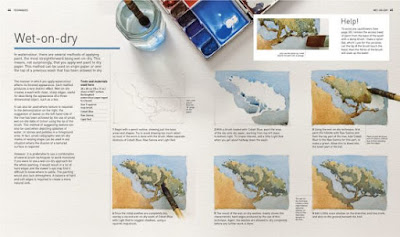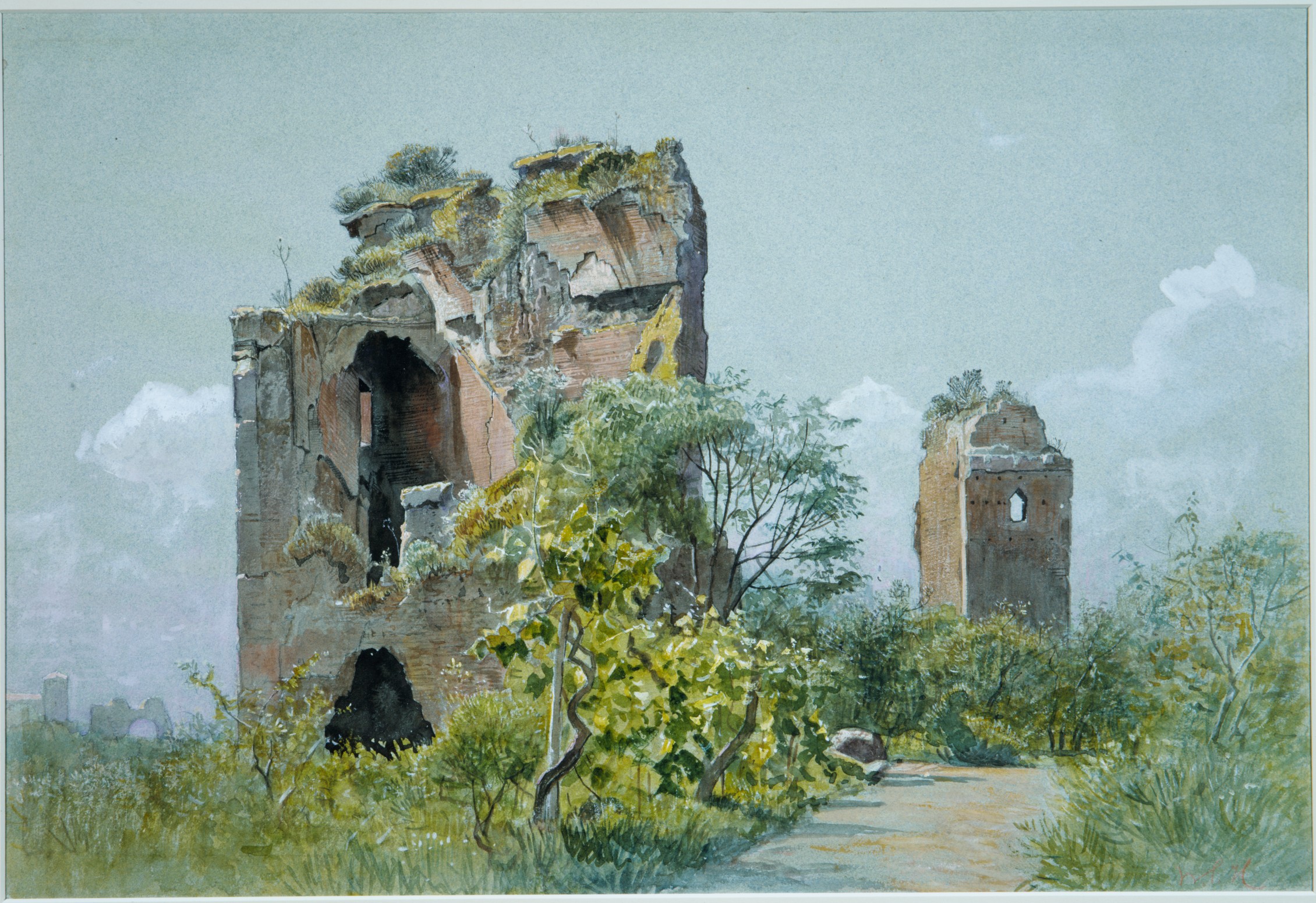Computer specialists have developed software that turns simple outline drawings into photo-real images.
NVIDIA, which developed the technique, says that "the tool is like a smart paintbrush, converting segmentation maps into lifelike images."
 |
| Segmentation map (left) and computer rendering (right) by Gaugan |
Seeing this video, an artist friend of mine asked "Is this the end of landscape painting?"
I don't think so. There are more people painting traditional landscapes than ever.
These computer tools may threaten certain jobs, such as those who create textures for game environments. But they'll open up other jobs and creative opportunities.
But my friend's question raises a point. Image makers who rely exclusively on these tools may find that they erode the foundation of knowledge and experience that they need to create convincing landscapes.
With technology like this, the only thing the human has to deliver is the segmentation map, and the machine-learning algorithm does the rest. The technology changes our role from artist into art director. Judging from the video, they're indecisive art directors at that.
It may not bring about the end of landscape painting—because there will always be those of us who use physical paint, but it opens up new possibilities for the computer graphics field.
----
Previously: Morphing Celebrities







